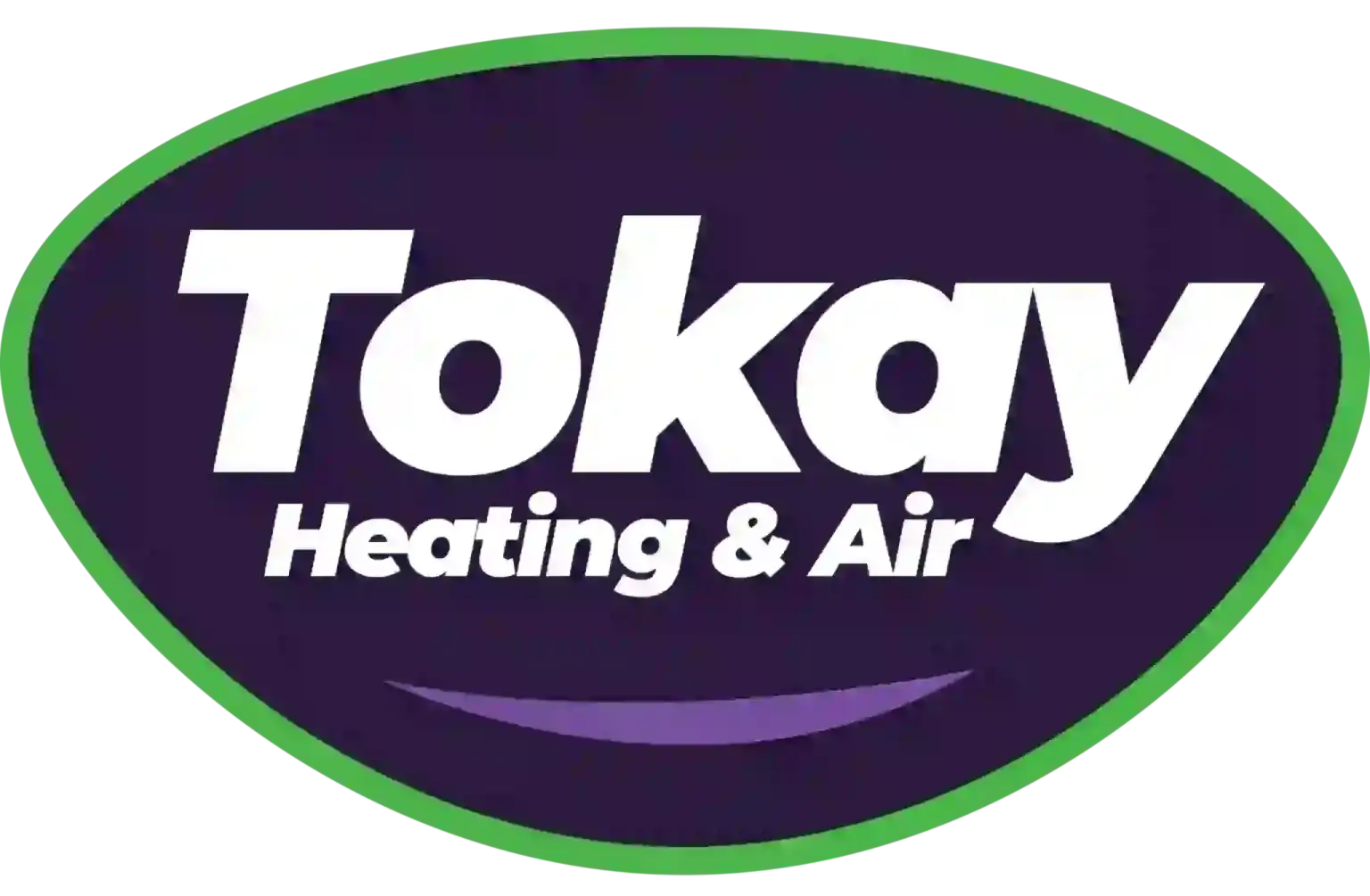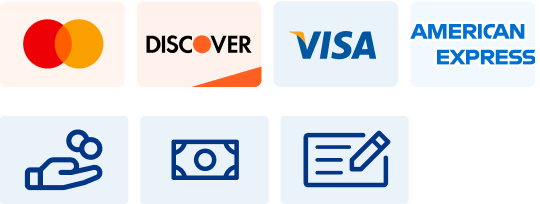How To Secure HVAC Tax Credits In 2024?
To combat increasing energy expenses and embrace sustainability, many homeowners are trying new methods to maintain comfort levels while using less energy. As part of the Inflation Reduction Act, federal tax credits are available for energy-efficient home upgrades, especially HVAC systems like air conditioners. These credits offer significant savings, as long as the homeowners select eligible equipment and submit the right paperwork.
If you’re trying to avoid a long process, we can share something that will help! Tokay Heating & Air hopes this guide will give you everything you need to earn these HVAC tax credits in 2024. Here’s what you’ll need to do.
How Do These Tax Credits Work?
These valuable tax credits for boosting your home’s energy efficiency are just one intended use of the recent Inflation Reduction Act. With the higher cost of energy making an impact, helping more homeowners upgrade their equipment is always beneficial. The key provision of these credits is to mitigate costs associated with installation and renovation projects. The two we’ll cover are the Energy Efficiency Home Improvement Credit and the Residential Clean Energy Credit.
However, to apply for the credits, you’ll have to fill out IRS Form 5695. Additionally, this form has to be submitted for the same tax year any upgrades were installed, not bought.
Energy Efficiency Home Improvement Credit
Through 2032, the Energy Efficiency Home Improvement Credit provides up to $3,200 annually for making your home more energy-efficient. This amounts to 30% of the total project’s cost. You should be aware that in order to receive the maximum amount, you’ll have to make several investments. For example, you’ll get up to $2,000 for a new, high-efficiency heat pump. This can be combined with the remaining $1,200 in credits for other eligible upgrades made within the tax year.
While heat pumps are a popular option for the tax credit, high-efficiency furnaces, air conditioners, boilers, and other HVAC systems are still eligible for this tax credit. You’ll need to confirm that your choice’s energy efficiency rating is sufficient to qualify.
Residential Clean Energy Credit
The Residential Clean Energy Credit amounts to roughly 30% savings on a variety of residential clean energy efficiency projects. Eligibility only applies to homeowners looking for new clean energy solutions for their home. While the Home Improvement Credit focuses on utilities and HVAC systems, this credit is instead designed around renewable energy sources like solar and wind energy.
Some provisions of the tax credit include requiring the installation project to be finished between 2022 and 2032. But at the same time, homeowners can keep the excess credit to reduce future taxes. This is a great way to spread out costs and keep them more manageable.
What Else Is Eligible For These Tax Credits?
Because HVAC systems are one of the biggest expenses on your energy bill, these tax credits offer more access to the most energy-efficient options. But home energy efficiency can be improved in many other ways. Apart from the previously listed HVAC upgrades, {you could also choose|other eligible items include|you also have access to:
- Energy-saving heat pump water heating systems
- Modern electrical panel improvements
- New electrical wiring
- Enhancements to insulation, air sealing, and ventilation
- High-efficiency electric stoves, cooktops, ranges or ovens
- Heat pump clothes dryers
- High-efficiency water boilers
Like the HVAC systems, you’ll need to check that your chosen products meet the eligible energy efficiency ratings.
Three Tips For Making The Most Of 2024 HVAC Tax Credits
While all the listed upgrades can improve your home’s energy efficiency, some planning ahead will ensure they offer the most long-term benefits. Get the most from your HVAC tax credits with these reminders:
- Conduct a home energy audit to identify impactful upgrades. Rely on professional HVAC assessments for crucial advice.
- Enhance your home’s envelope by addressing inefficient windows and doors.
- Look into rebates for clean energy projects from utilities. Renewable sources like solar, wind, and geothermal contribute to community power grid sustainability.
- Don’t forget financing options from local service companies, which can help reduce costs even more.
Secure Your 2024 HVAC Credits With Help From Tokay Heating & Air
Partner with local HVAC professionals like Tokay Heating & Air for eligible services like energy assessments or new installation. Our helpful installers know how to provide all you need for a more energy-efficient home.


